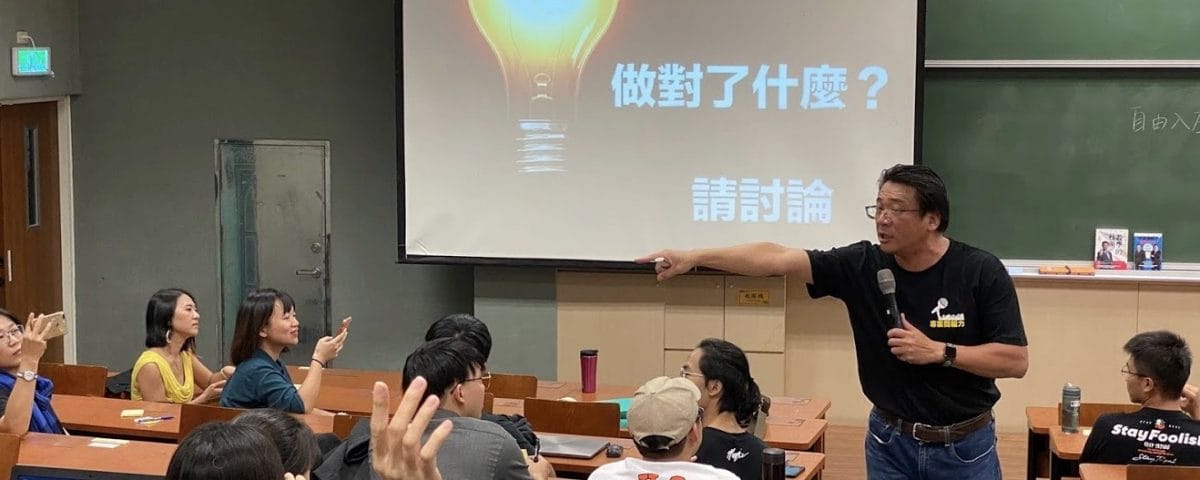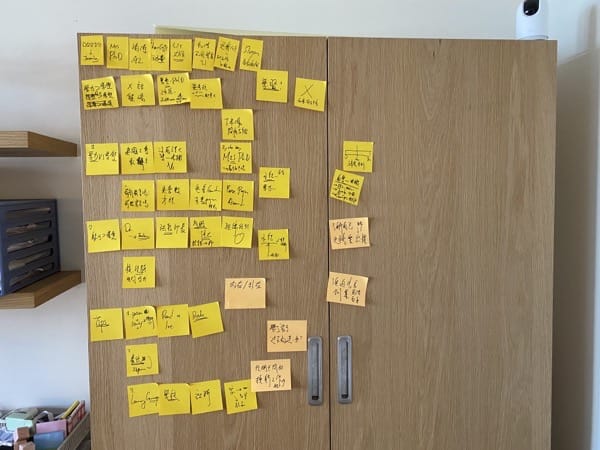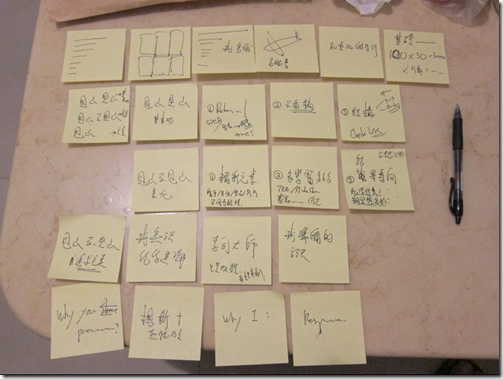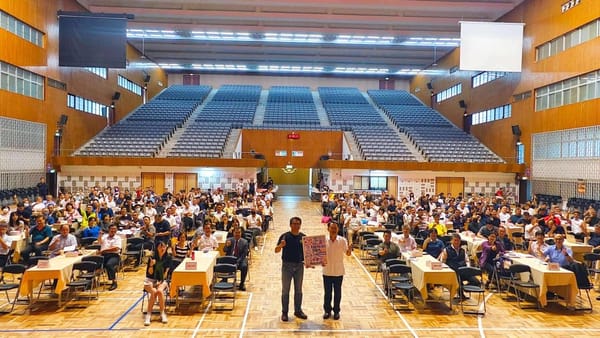Most important element: Integration with training goal

Let's start with a guessing game: Over the past two years, nearly 40 teachers who have implemented gamification in their classrooms participated in research interviews with me. Spanning across different teaching topics and student demographics, they unanimously agreed that the most important aspect of gamification in teaching is “___”.
What do you think fills in the blank? Is it P.B.L: Points, Benefit, Leader Board? Or is it motivating learning? Grouping and competition? Or something else? Take a guess, what do you think it is?
The answer is: “Integration with training goal!”
The answer may sound simple and obvious. However, before writing this article, I posted the question "What is the most important key to gamified teaching?" on Facebook. Within two hours, there were nearly 60 comments. Among all the comments... only fewer than 10 mentioned " Task with challenging goals" or "learning feedback." The success rate was less than 20%. Nevertheless, thank you all for your participation!
Ensure your Training Goal
This actually reflects something: many people overlook this crucial key when implementing gamified teaching! And that key is "What are your Training Goal?"
Many teachers, when first exploring innovative teaching methods or gamification, often get entangled in flashy and fancy appearances or techniques. They believe effective teaching entails a high level of interaction, capturing students' attention, and utilizing multimedia aids, among other things. As a result, I sometimes witness classrooms where teachers employ techniques such as question-and-answer sessions, discussions, bonus points, competitions, and more. While these activities may be engaging and lively, when I pause and reflect, I often find myself questioning the purpose behind the interactions and the learning outcomes they bring.
Speaking of which, recently, I've been contemplating gradually moving away from relying solely on Facebook for sharing my content. However, I don't want my new articles to go unnoticed. So, if you'd like to stay updated on my latest articles, please subscribe via email. Your support is the greatest encouragement for me to continue writing.
Now, let's get back to the main point of the article.
How to design a good Training Goal
Let's review for a moment. In my book " The Techniques of Teaching " and the online course, I consistently emphasize the importance of determining your training goal. A good teaching objective is something that can be immediately validated and assessed in the classroom. It answers the question: What do you want students to take away from the lesson? What specific changes or gains do you expect? And most importantly, it should be something that can be directly measured or observed at the end of the course.
For example, let's consider a course on "Time Management" (I often use this as an example because it is interdisciplinary and seems to be a subject everyone needs). If the goal is set as "Increasing personal productivity and competitiveness" or "Changing mindset and perspectives," although these objectives are positive, they cannot be immediately evaluated after the lesson. Therefore, they do not qualify as good teaching objectives. However, if we revise them to "Learning the techniques of sticky note prioritization and the Pomodoro Technique" (which can increase personal productivity and competitiveness) and "Teaching the important/urgent matrix" (which can lead to a change in mindset and perspectives) ... objectives that are specific and measurable like these would be considered good training goals.
Remember, setting clear and assessable teaching objectives is essential for effective instruction.
Integrate training goal with gamification
Once the teaching objectives are established, we can begin incorporating elements of gamification into the course design and activities to stimulate student interest, capture their attention, encourage participation, and enhance learning outcomes. These are the steps taken after confirming the teaching objectives.
Taking the example of the "Time Management Four Quadrants Matrix," in traditional instruction, the teacher would introduce the concept of the four quadrants, dividing tasks into important/unimportant (horizontal axis) and urgent/not urgent (vertical axis), emphasizing the need to prioritize important and urgent tasks, followed by important but not urgent tasks, and so on. After the explanation, students would nod their heads in understanding... and then promptly forget it.
With the use of gamification, we can start by having students work in small groups to brainstorm the tasks they typically encounter in a day. Then, they can use sticky notes to place these tasks on the four-quadrant matrix. Next, they transfer these tasks onto a daily calendar (since sticky notes can be moved around without repetition, this eliminates the need for redundant work, which should be planned in advance during course design). To enhance motivation during the process, we can incorporate question-and-answer sessions where participants earn points for their responses. The calendar design can be turned into a competition, with the teacher or peers providing evaluations to differentiate scores. Additionally, tangible or intangible rewards can be offered to ignite intrinsic motivation using external incentives. All of these methods revolve around the initial training goal and are designed to gamify the teaching approach.
Based on my experience in expert interviews, I have witnessed teachers designing various gamified activities to achieve different goals. For instance, to help caregivers understand potential problems and their solutions in a home setting, a teacher created a 16-square grid where participants collected answers and transformed them into a bingo game. In another case, a teacher aimed to familiarize students with behavioral traits associated with different personality colors, so they designed a betting wheel where participants placed bets on the personality type that matched a given behavior description. Furthermore, to encourage hesitant students to link pronunciation with word meaning, a game was created where participants enthusiastically used sticks to smack answer to answer the questions (everyone were into it. Thanks for the creativity of Teacher Yolanda). Lastly, I designed increasingly challenging competitions with higher scores to inspire participants to deliver outstanding performances on stage.
Gamification is just a Method. The Key Point is to reach the Training Goal
"Don't gamify just for the sake of gamification." "Design training goals and gamification strategies based on your instructional objectives." "Gamification is merely a surface-level approach; learning is the key!" These are the most frequently mentioned statements from the interviewed teachers!
But wait, why make it so complicated? Why not just deliver the content directly? It saves time and is efficient, right? I've asked this same question to many different teachers, and their response was along the lines of, "I prioritize teaching effectiveness over efficiency. If students learn quickly but also forget quickly... I'd rather teach less, teach slower... but ensure they remember forever." This brings us back to the key point mentioned earlier: What are your instructional objectives? Why are you teaching this class? Is it about completing the lesson or truly educating the students? And after educating them, what do you expect them to learn? What changes do you hope to see? Perhaps these questions are at the core of teaching, things we should prioritize and plan for.
Feel free to explore the following research papers for further insights, which may provide valuable tips to enhance your teaching practices:
Research on Gamification in Education - English Version: The key elements of gamification in corporate training – The Delphi method




